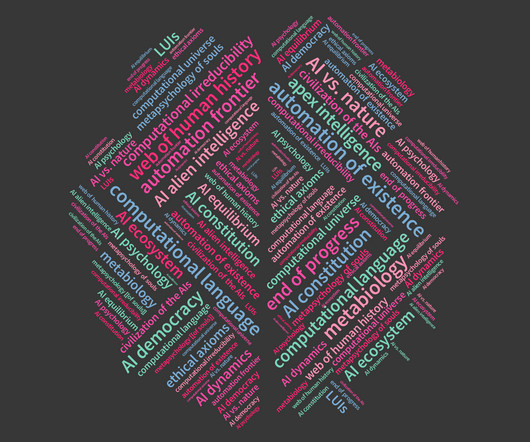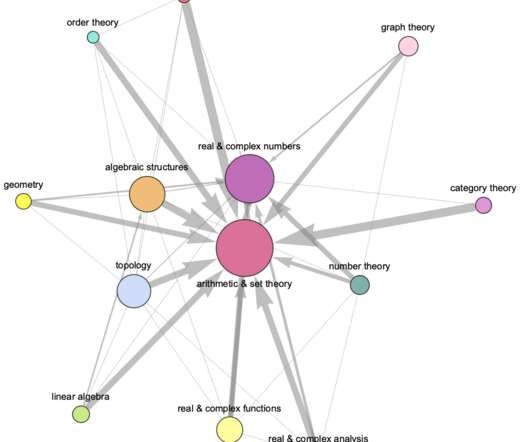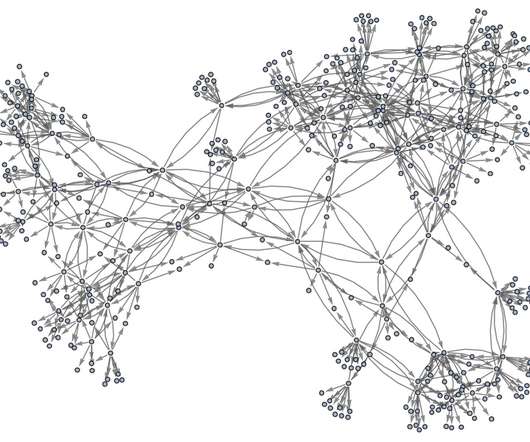Indoor STEM Activities for Kids
STEM Sport
DECEMBER 12, 2023
To foster this critical ability, here are five DIY coding activities that creatively teach coding concepts without the need for a computer: Binary Code Bracelets: Create bracelets with beads in two colors to represent names coded in binary. It’s an engaging way to connect the abstract world of coding with a tangible, creative project.












Let's personalize your content